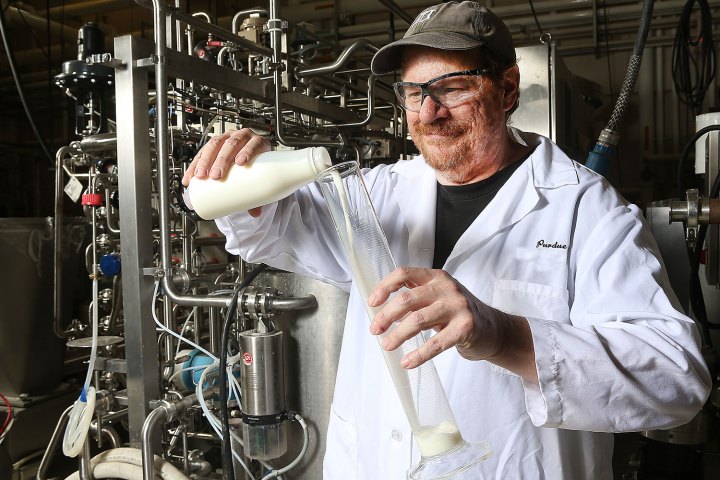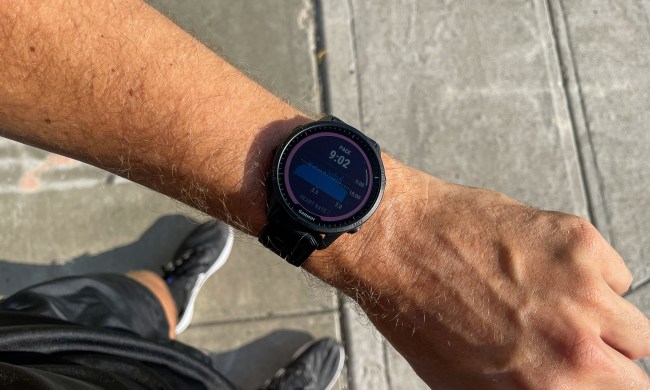
The technology they’ve developed involves increasing the temperature of milk by just 10 degrees for less than a second. For those keeping track at home, that’s well below the 70-degree Celsius threshold needed for pasteurization. Even so, the quick heat blast eliminates more than 99 percent of the bacteria left behind after pasteurization.
“The developed technology uses low temperature, short time (LTST) in a process that disperses milk in the form of droplets with low heat/pressure variation over a short treatment time in conjunction with pasteurization,” Bruce Applegate, Purdue’s associate professor in the Department of Food Science, explained to Digital Trends. “The resultant product was subjected to a taste panel and participants had equal or greater preference for the LTST pasteurized milk compared to normally pasteurized milk. The shelf was determined to be a minimum of two weeks longer than the standard shelf life from pasteurization alone.”
So is this some fascinating research project which won’t hit shelves for the foreseeable future? Apparently not. “Currently an Ohio-based milk processor is using this technology and distributing the milk,” Applegate says. “The unit is approved for processing milk in Ohio and distribution nationwide. The product is currently being distributed, however it has not been labeled as extended shelf life milk. Once the commercial application is validated the milk will be labelled with the extended shelf life.”
Sorry Louis Pasteur, you may have met your match. And we no longer have to fear our housemates’ penchant for keeping ten-day-old milk hanging around the apartment…


